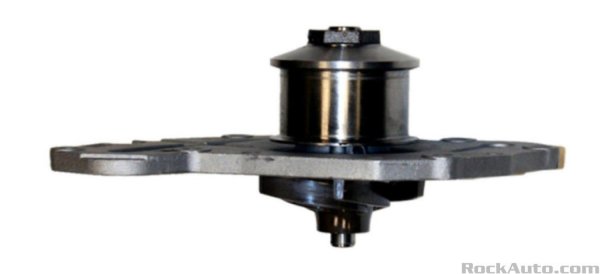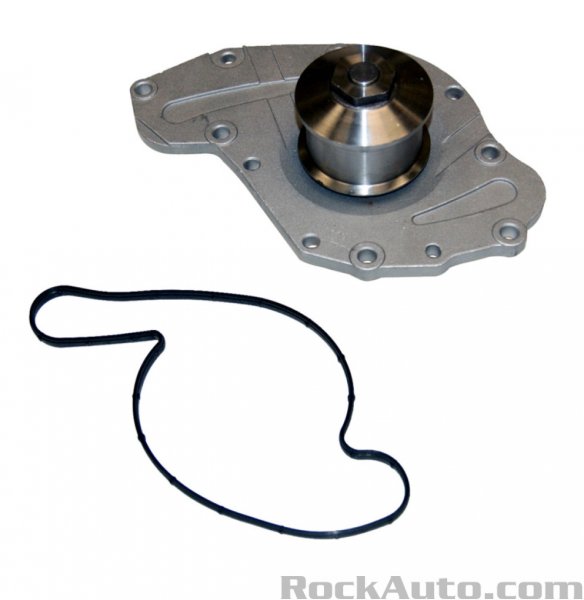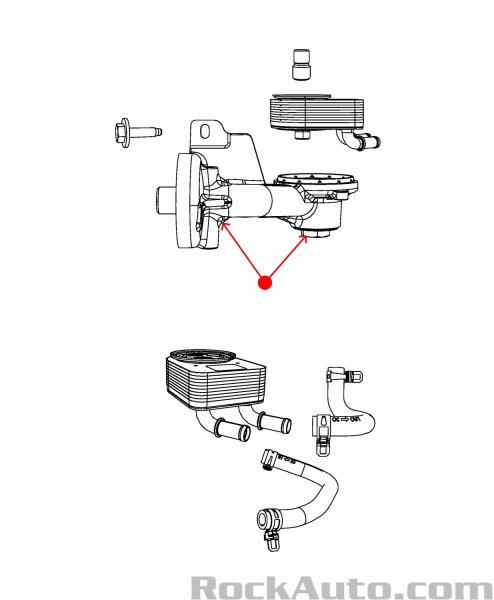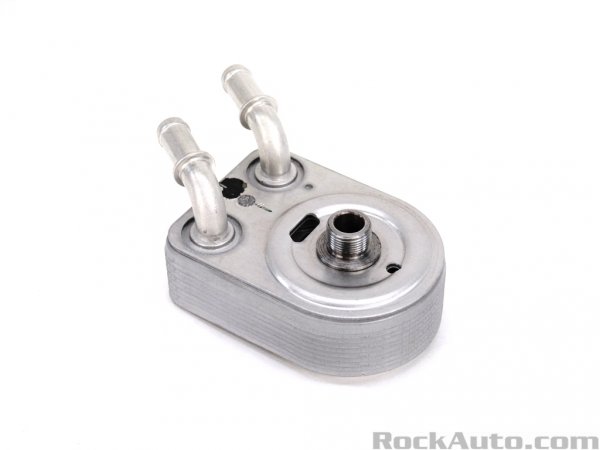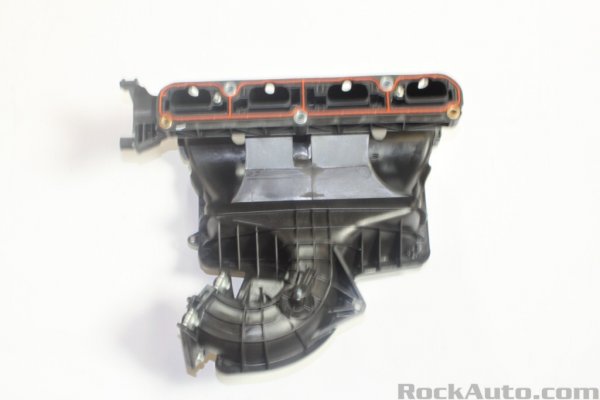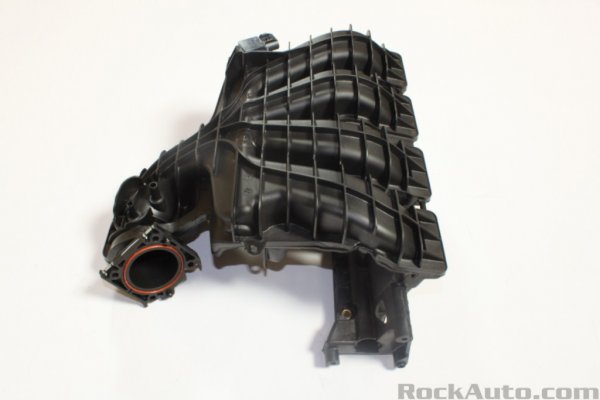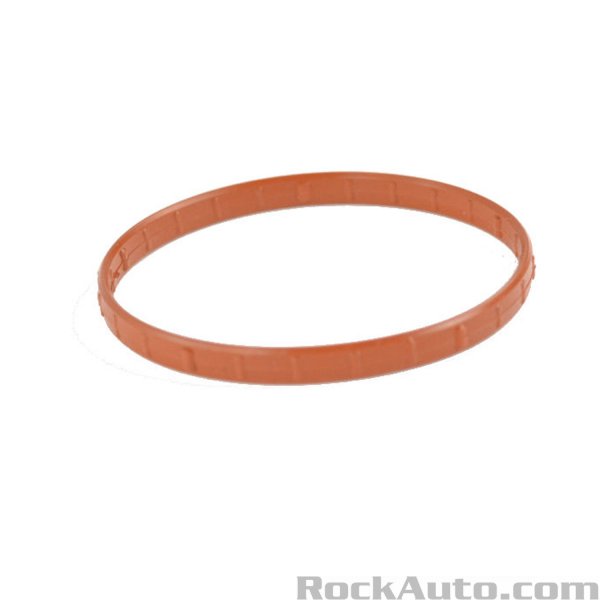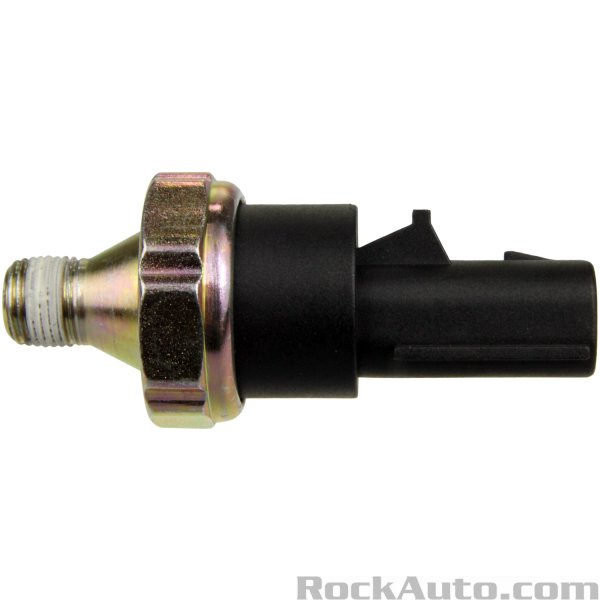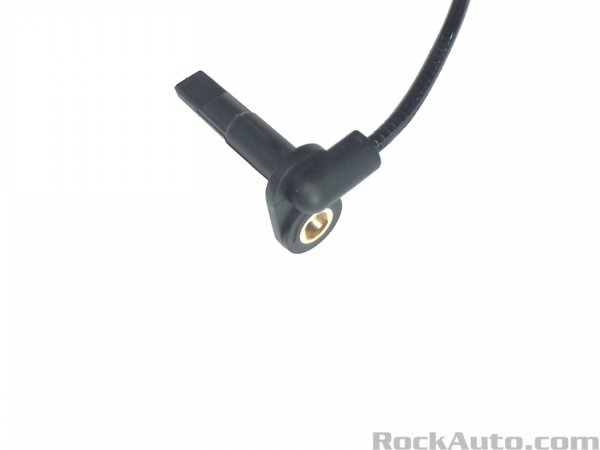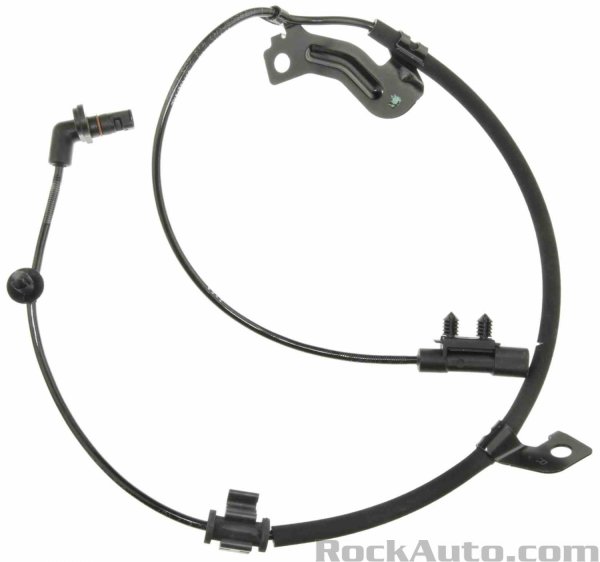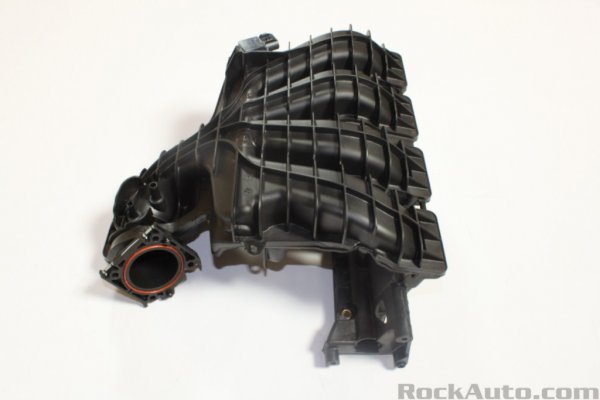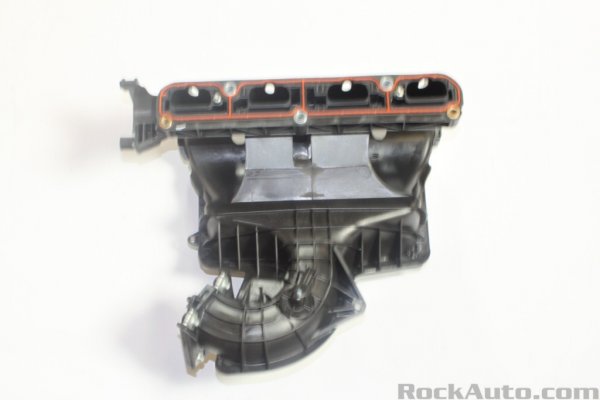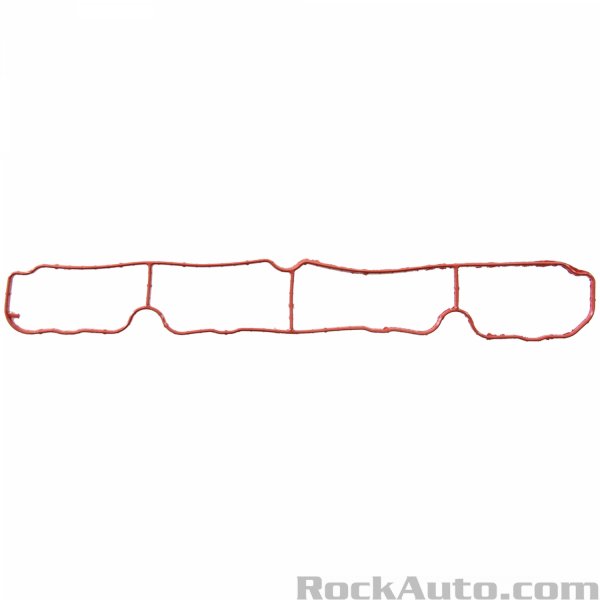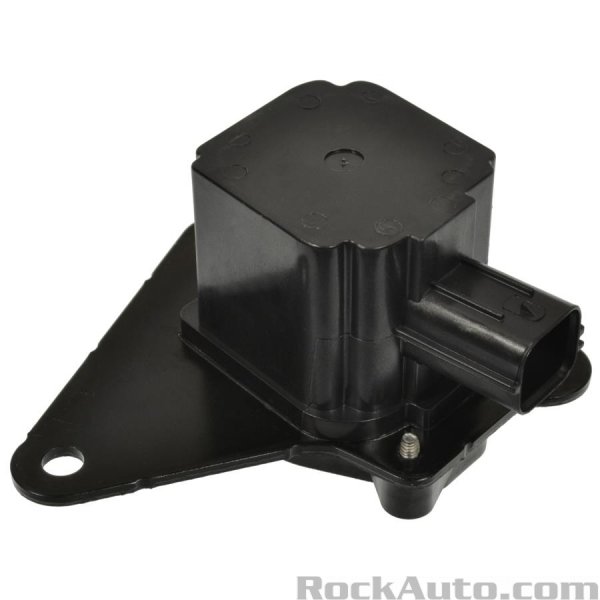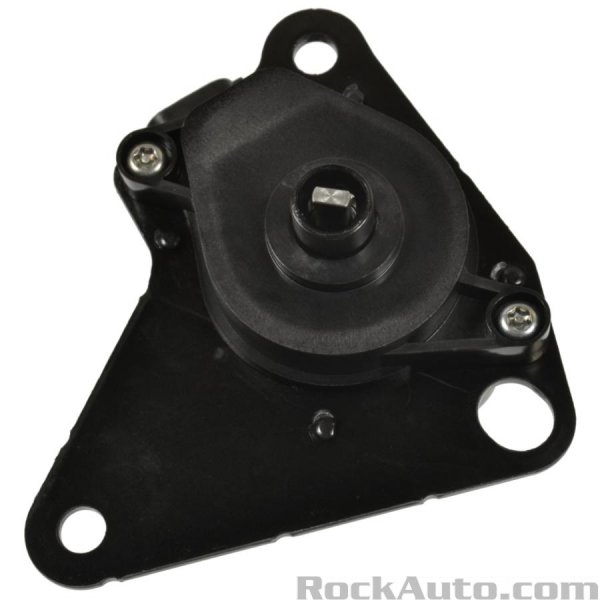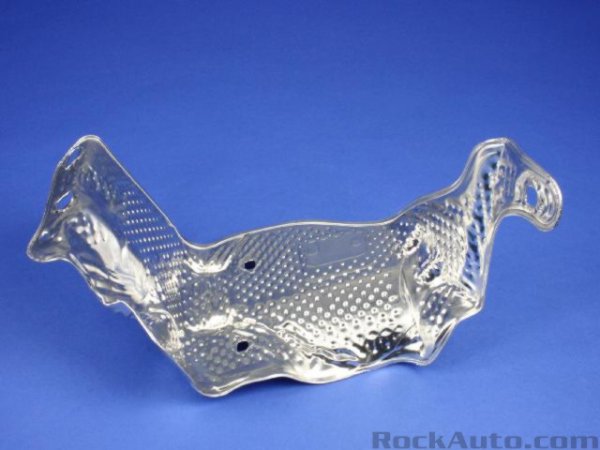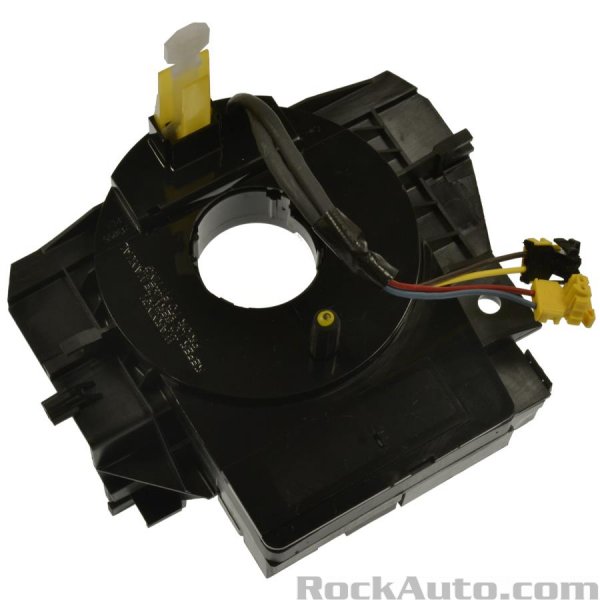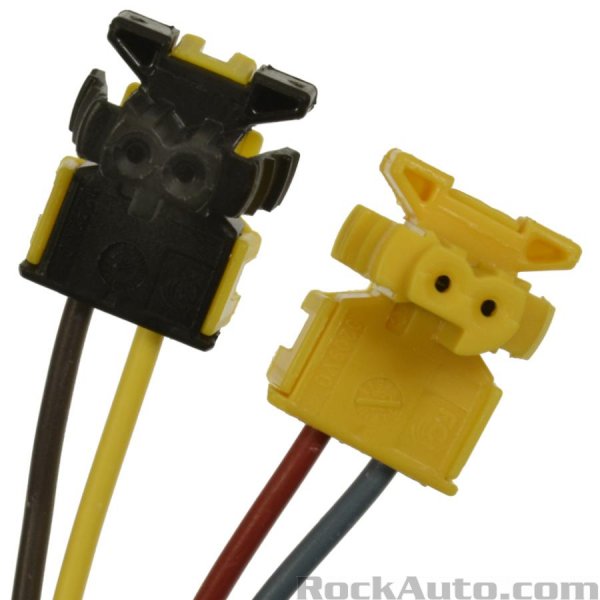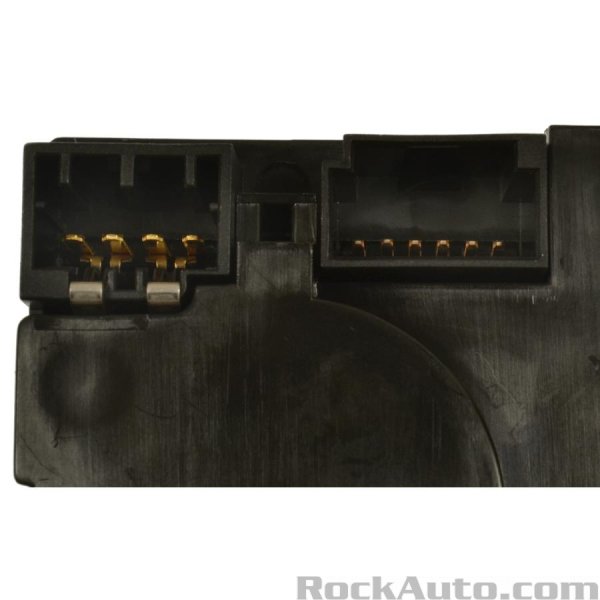-
Posts
1,835 -
Joined
-
Last visited
-
Days Won
188
Content Type
Profiles
Forums
Gallery
Everything posted by John/Horace
-
I’ve seen alternators work fine after cold start up, until heated up. Then they stop putting out proper current. How many miles on the car? Our Journey alternator started acting up at 100k miles, replaced it with a dealer rebuild unit with 2 year warranty. If you are beyond that milage I would consider changing it. Battery light comes on when alternator is not keeping up, usually. You can do your own load test. When battery light is on, use a multimeter on the remote contacts under hood. With heater, defrost, radio etc turned on you should be getting 13.2-13.8 volts. If below that your alternator is weak, not putting out 160 amps any more. Cleaning up main grounds, especially in salt belt areas is always a good idea.
-
It’s not the plastic cooler like the 3.6 that seems to have lots of issues (mainly around 2014 design change) with. The 3.5 is a stainless steel plate pack heat exchanger with a few gaskets, no plastic I believe. My brothers 3.5 went 330 k kilometres without heat exchanger issue. Pic of unit from rock. It’s timing belt engine, so water pump is often changed during belt change because it’s buried behind covers and belts. Timing belt is due for change, years and miles both call for it.
-
Which engine in car, how many miles. Any recent work done on car. Water pump failure sometimes has a knocking sound or bearing noise when it fails, along with seal leak. Aluminum engines very sensitive to heat, be careful not to over heat engine. Lots of hoses and plastic cooling system parts could be cause as well. If you were topping up glycol, there was an existing leak.
-
Fairly low milage. Was engine using oil when problem started.? I would check compression, leak down test as well. All wires under hood in good shape, no signs of chewed wire harness?
-

ECS / TCS coming on how to diagnose?
John/Horace replied to aviator79's topic in Electrical, Battery & Charging
Threads are probably still fine. Dodge Lug nuts are chrome sleeve over steel nut design. Cheap design like Ford uses as well. Corrosion swells the sleeve and they start to distort and socket won’t fit over nut any more. Buy solid chrome nuts like McGuard or other brand names. You can file the nuts back to hexagon shape in the short term, but it’s only temp fix. Need to hammer socket onto nut sometimes to get them off car, frustrating if you get a flat. -
Compression in cylinder 6 would be useful information. Intake manifold gasket leaks can create cylinder misfire sometimes. How many miles on this engine?
-
I posted a pic from rockauto on your other thread of intake manifold and gasket. With intake piping removed look in the intake with car running, have someone press gas and you will see see butterfly moving slightly open if the plug is properly connected. There will be a few codes probably triggered by doing this. Just turning on ignition and pressing gas pedal with car off might also move butterfly, not sure.
-

Installing oil pressure gauge on 2.4 2010 dj
John/Horace replied to MartyZ1's topic in Engine & Transmission
I think adding sensor at existing sensor spot might be easier. Looks like 1/8”” npt thread on oem. So a small 2-3” extension to a tee fitting where exiting sensor and a spot for second either analogue or digital gauge can go. Use t-tape or pipe dope on all connections. Pics of factory sensor and threads. Are you having oil pressure issues making you want second gauge? -

ECS / TCS coming on how to diagnose?
John/Horace replied to aviator79's topic in Electrical, Battery & Charging
Scanning for codes would be useful. But cheaper obd units may not show code for which wheel sensor. If you search; people on site have documented changing a wheel sensors on a few occasions. See which one has top vote. I agree part is cheap enough to guess over a high diagnostic fee. Look for corrosion inside one of sensor plugs first. Just bad coincidence for problem after cycling switch. It is important to know how to disable traction control for all drivers. Sensor looks like it’s attatched to harness wiring; so changing is a bit more work than some cars. Journey doesn’t seem to have issues with the slotted ring on cv shafts cracking; which has happened to me on other awd vehicles. -
You can’t get to the whole gasket, but where flanges are exposed lightly spray around as much of perimeter as possible. Look at pic of manifold assembly. Fluid will flow around connections, listen for idle to speed up, you have leak location when that happens. Mechanics use this method sometimes. New throttle body shouldn’t be bad, more room around it. Car on ramps for max clearance.
-
Not sure about traction control light. It’s often turned on by a wheel sensor acting up. But lightning symbol triggering limp biscuit mode can cause weird stuff sometimes. Deal with vacuum leak first. You could have more than one issue. How is electrical plug after switching throttle body unit out. Some people have issues with lock mechanism on plug being big pia, end up mangling plug.
-
Was a new gasket used when throttle body was replaced. Doesn’t matter if it still looked pretty and clean. They get compressed and stay that way, contour or shape will match the old throttle body flange. It also could be the large intake gasket on the manifold. Changing throttle body involves unhooking lots of stuff, double check all connections from previous work. Easy to miss something. A generic cheaper scanner won’t always pick up all the codes. Newer expensive scanner like shops or dealer have, can sometimes do more. Gas pedal potentiometer is another lightning bolt causing sensor failure. With associated codes.
-

Remote Battery Terminal Thread
John/Horace replied to tscat's topic in Electrical, Battery & Charging
I’m pretty sure it’s 1/2” spanner so 5/16 coarse most likely. Could grab a fine nut as well for 0.40 ish cents. Lots of automotive fasteners are metric , so 13 mm scanner would be M8 nut threads. Another 0.40 cents. Pulling fuel pump and starter relay from main fuse box under hood and storing in car under seat is also effective anti theft. Easier and quicker IMO. When I had a high theft vehicle that was my fall back. -

P2173 HIGH AIRFLOW/VACUUM LEAK DETECTED FIXED
John/Horace replied to luzmina's topic in Engine & Transmission
Lots of bolts on a expensive plastic intake housing, torque wrench required IMO. Awkward back of the engine work, not simple. Wouldn’t be my first choice to do that. Did you use a new gasket with the throttle body change. I would start with changing that first if you didn’t. Make sure intake plastic snorkel is properly put together at all joints as well. Free advice worth everything you pay for it. -
It’s listed on Rock, they are pretty accurate usually. Look for the electrical plug. https://www.rockauto.com/en/catalog/dodge,2010,journey,2.4l+l4,1444631,engine,intake+manifold+runner+control+valve+/+solenoid,10776
-
There was no need to guess and replace driveshaft. Original could have been removed and car driven around with out it to see if vibration is gone before changing it. Time to find a new shop. Did dealer swap the expensive drive shaft.? Move back tires to the front and see if vibration moves accordingly. Tire or rim like rebel5 mentioned is possible. Bad rotor or various suspension parts can create vibration as well. There are vibration measurement tools that some shops use for trouble shooting.
-
Welcome to forum. Which engine, 2.4 or 3.6 , milage ? Did you use a torque wrench on all fasteners? Some starters have a sheet metal heat cover held with small 10 mm nuts, if they aren’t tight could cause rattle. If exhaust was removed during job, it could cause a rattle. Starter meshes with flex plate mounted to torque converter. It’s held with grub screws, if they come loose can create a rattle. Like laryl mentioned, crack can do that as well. Pretty rare thing to happen. Heat shield pic for 3.6.
-

Highest Mileage Journey... Who's in it for the long haul?
John/Horace replied to jeffhoward001's topic in Owner Impressions
New member Maz showed this pic of his speedo last week, converts to 253k miles. Maybe he will respond with his repair laundry list, might be interesting. Freemont models from Europe etc wouldn’t add much to these annual total I think. Hello, am new to the forums and require some help.. I have a 2015 Dodge Journey SXT 3.6 engine, my heater only heat while the car is idle but when I’m driving, it blows cold air, any idea what could be causing this to happen? And sometimes it shows this electric symbol on my dash - see picture below -

Windshield washer Fluid low detection
John/Horace replied to wpginterceptor's topic in Exterior & Body
I use the green normally. Cheap from Costco by the case. If you flush out tank in summer you might be able to use the pricy rainX stuff. Like they are saying, must be some kind of crud on the sensor that affects signal from sensor. The fix seemed to make sense. Can’t imagine Stelantis FCA selling a car with a system that doesn’t accept all windshield wiper fluid. The low level light on my wife’s Journey has never come on. Not sure it even works. I’ll need to run it low and see. -

Clock spring for 2008 Journey
John/Horace replied to Pikari59's topic in Electrical, Battery & Charging
Here is a discount code. They are easy to find on internet, it’s for 5%. Code: 191496924150009699 Your Discount is About to Expire! Now is the time to order parts for your car or truck! We continue to add new part types and brands to the RockAuto.com catalog. See what's new before your code expires on January 30, 2022, 12:00 Midnight CT! Daily Driver Parts Classic Car Parts "Dealer Only" Parts Accessories How to Use Your Discount Code Using your discount code is easy! Enter your discount code in the 'How Did You Hear About Us?' box without any other numbers or characters for an additional 5% savings. Discounts cannot be applied to shipping, gift certificates, or to an order once it is marked as shipped. -

Clock spring for 2008 Journey
John/Horace replied to Pikari59's topic in Electrical, Battery & Charging
There was no 2008 model Journey, started 2009 model year. Date of manufacture could be 2008, but it would be considered a 2009. Oem part is out of stock, two aftermarket listed. I would reset all plugs first with battery unhooked, might clear it long enough for your inspection. Might be safer to get number off your actual part before ordering, not a cheap part. Good luck. https://www.rockauto.com/en/catalog/dodge,2009,journey,3.5l+v6,1442283,interior,air+bag+clockspring,10480


